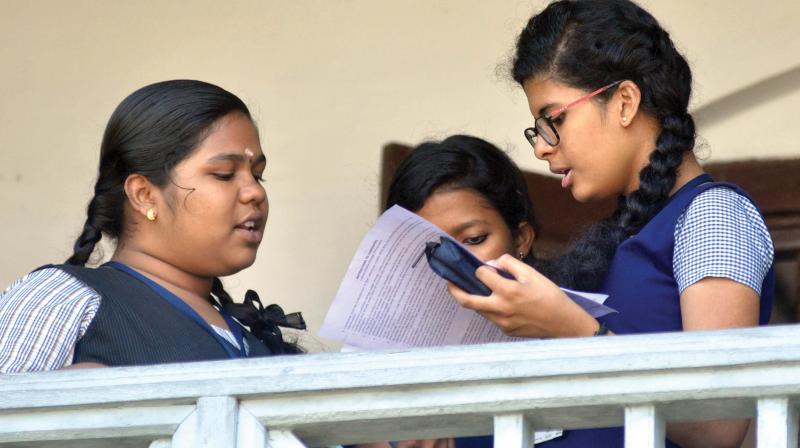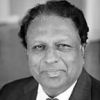New Education Policy: Let’s begin at the beginning

"The education system needs change, not fine-tuning", says Dr K. Kasturirangan, the chairman of the committee which drafted the New Education Policy-2019. I would say that what we need is a revolution and his report, if implemented, will bring in revolutionary changes that will benefit future generations. We will also be able to catch up with some of the countries in which the education system has changed in the last 20 years more than it did in the previous 100 years. The demands of the 21st century, characterised by its disruptive technology, India's demographic dividend and high competition dictate that the education system in India should change lock, stock and barrel.
The draft rightly begins at the very beginning by making significant observations on the school system and makes recommendations in structure and content at all levels. In a major departure from the existing system, the school curriculum is to be restructured in a new 5+3+3+4 format, it says. The reconfiguration has been proposed "to deliver the vision of education enunciated in this policy and to prepare our students optimally in the 21st century." The new system takes care of the quality of childhood care (3-6 years) which has been moved to the existing primary schools. But care should be taken to ensure that the children till the age of 6 should not be deprived of fun and frolic by the school atmosphere. Teachers should be specially trained to teach them, not just give six months training to Anganwadi workers. The new system is comparable to the best in the world, but in the best school system (Finland) school education starts only at age 7. The focus, it says would be on "interactive and fun classrooms, where questions are encouraged, with creative, collaborative, and exploratory activities for deeper and more experiential learning."
The school students will be required to learn three languages right from class 1 on the ground that the earlier the children learn languages, the better it would be. The government quickly withdrew a suggestion that Hindi should be compulsory at every level on account of the strong protests in Tamil Nadu. The question of medium of instruction does not figure in the draft. For some years now, English as medium of instruction has been in vogue. But by the time the student reaches the college, there is a sudden shift to the vernacular. Kerala, for instance, is shifting to Malayalam as the medium of instruction at the undergraduate level. Ideally, we should return to Malayalam medium in school and move to English in the college. The stress laid on English fluency elsewhere in the report should apply to school education also. All said and done, many students will go abroad for one reason or another and the level of English is still is a vital component of good education.
Apart from the three languages, a two year course should be taught between 6 and 8 grades on one of the classical language of India. Finding teachers for these multiple languages will be hard to find in schools across india. This will be more acute in the case of foreign languages, which also have been recommended for school students. A strategy to create these teachers has to be framed and adopted.
The suggestion for school complexes may solve some of these problems, but this will not be possible in rural areas where schools are few and far between. But Dr Kasturirangan feels that a beginning should be made in this direction even if it takes time to materialise. Our scarce resources can be better utilised if such complexes are developed.
The draft has suggested several board examinations each semester for eight semesters. Asked about the multiplicity of exams, the chairman clarified that the students would have flexibility in taking these exams whenever they were ready to do so. Once these examinations are digitised, the system will become smooth, he said. Many of these things are in the realm of imagination at present.
The main deficiency of the draft is that it has feeble prescriptions for the huge problems in school education. First, there is no explicit focus on learning levels as the main thing to fix, and indeed no assessment of the staggering statistics on learning levels, which is the main problem in schools, poor school and teacher accountability, teacher absenteeism and poor teacher performance have not been tackled. Instead, the draft provides that school management committees shall hold schools and teachers accountable.
The poor quality of school graduates who come for higher education is often cited as the reason for poor quality of higher education, but the general feeling is that school education is doing well. It goes without saying that unless the school education system is improved, there will be no hope for better higher education in India.
The draft report is a gold mine of innovative and disruptive ideas. But like in all gold mines, there are many impurities and harmful substances in this one too. A careful selection of valuable materials should be made to revolutionise education. Any half -hearted attempt to tinker with the system will leave India behind in the race towards an education that suits the 21st century.
(The writer is former ambassador of India and Governor for India of the IAEA)

